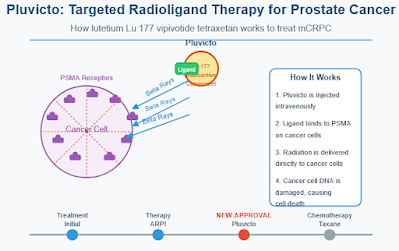Enzalutamide Shows Significant Benefits for High-Risk Biochemically Recurrent Prostate Cancer Patients According to EAU Definition

EMBARK results Enzalutamide Shows Significant Benefits for High-Risk Biochemically Recurrent Prostate Cancer Patients According to EAU Definition New Analysis from EMBARK Trial Confirms Treatment's Value for European Criteria A recent post hoc analysis of the pivotal EMBARK trial has demonstrated that enzalutamide (Xtandi) provides significant benefits for patients with high-risk biochemically recurrent prostate cancer as defined by the European Association of Urology (EAU) criteria. The results, published in March 2025 in Prostate Cancer and Prostatic Diseases, reinforce the value of this treatment option for a broader patient population than originally studied. Key Findings The analysis showed that in patients meeting the EAU definition of high-risk biochemical recurrence: Metastasis-free survival (MFS) improved significantly with enzalutamide plus leuprolide combination therapy (hazard ratio 0.37) and with enzalutamide monotherapy (hazard ratio 0.57) compared to leuprolide...




